Your mattress will last longer if you do this one thing every 3 months
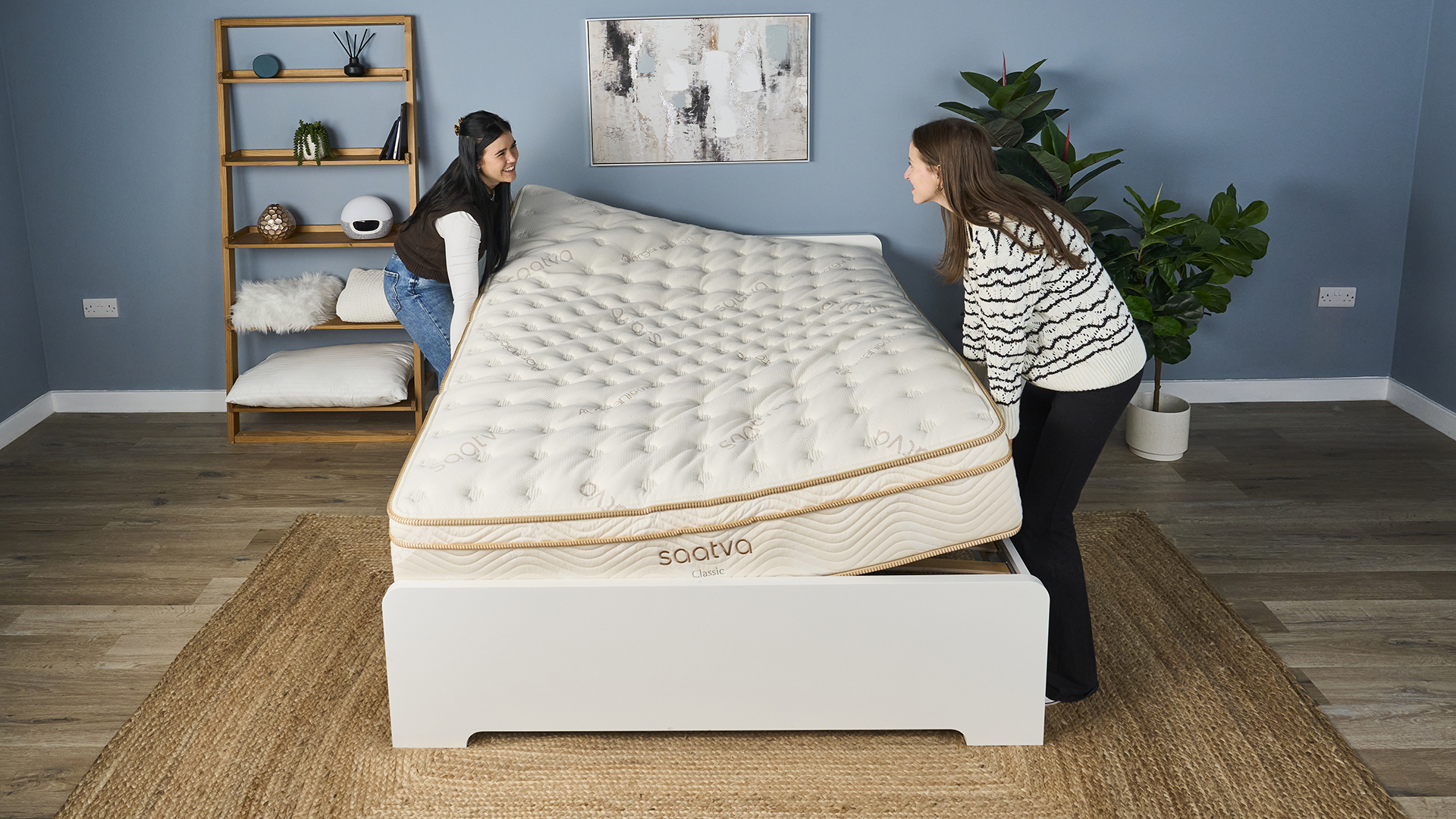
Mattresses are a big investment and with the cost of living feeling like it’s always on the rise, it’s important to look after our big purchases properly.
To keep your mattress as comfortable as possible and help extend its lifespan, there’s one simple rule to follow: rotate your mattress.
Even our tried and tested best mattresses of the year need to be rotated regularly to help keep them in top condition, although there are the odd exceptions.
Here, we’ll look at which mattresses need rotating, as well as showing you how to actually go about doing this as quickly and easily as possible.
With some Memorial Day mattress sales already live, now could also be the perfect time to invest in a new mattress if your old one has passed the point of no return. But even if your mattress is brand new, knowing how to look after it correctly is vital if you want to get the best out of it.
Why should you rotate your mattress?
Our mattress has to put up with us lying on it in the same positions and place night after night.
And if you don’t rotate your mattress regularly, your body weight will eventually cause wear and tear or dips where your body digs in most.
Although some body impressions are normal as a mattress contours to your shape, these can become pronounced if you don’t rotate regularly.
Rotating a mattress also helps to increase its lifespan, as it spreads out the weight evenly, preventing it from wearing quickly in one specific area.
In many cases, you’ll also find that not rotating your mattress as advised by manufacturers could even void your mattress warranty.
How often should you rotate your mattress
Many mattresses come with instructions on how often to rotate them and exact timings will be listed either with the mattress or on the brand’s website.
In general though, we’ve found that most recommend rotating the mattress roughly once a month for the first year (though some may suggest more frequently) and then every three months after this.
However, if a mattress isn’t used that often (for example, it’s in a guest bedroom) then you won’t need to rotate it as frequently. We’d also advise rotating the best memory foam mattresses more frequently, as the all-foam construction will wear faster.
Mattress types that require rotating
Not all mattresses can be rotated, but the vast majority can. Let’s break it down by type.
- Innerspring: Innerspring mattresses can be rotated, and some can also be flipped as they have the same construction on either side. Do check that this is the case for your particular mattress.
- Memory foam: As mentioned above, foam beds will need a little more rotation than other types of mattress. Foam is more prone to sagging, so it’s important to keep rotating the mattress to avoid dips building up.
- Hybrid: The best hybrid mattresses tend to be built with a sturdy foundation with coils and foams on top. This means they can be rotated regularly but not flipped.
- Latex: Latex mattresses are some of the most durable on the market, and can last for more than 15 years. However, they’ll only have that lifespan if you care for them – make sure you rotate a latex mattress at least every six months to keep it in top condition.
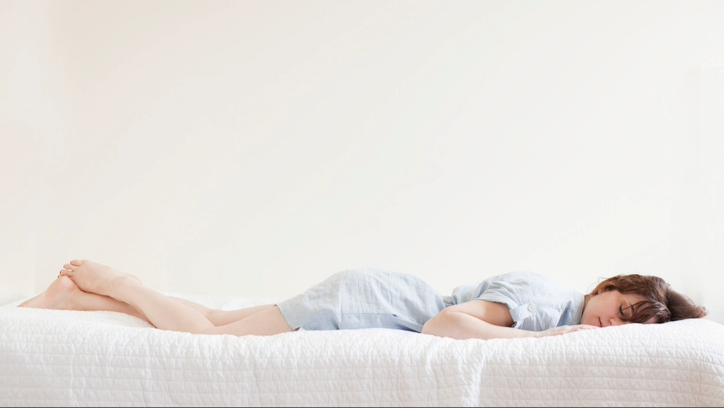
It’s also worth noting that a few mattresses can’t be rotated. Some mattresses may have zoned layers that have to face a particular way, so always check the manufacturer’s instructions. But it is still relatively uncommon not to be able to rotate a mattress.
How to rotate your mattress
Rotating a mattress doesn’t have to be a tricky chore if you follow a few simple steps:
1. Find a helper: Even a twin mattress can weigh around 20-30kg, so, while it is possible to rotate a mattress on your own, you’ll definitely need help for larger sizes. And it’s also far quicker to rotate a mattress if there are two of you.
2. Strip the bed: Remove all your pillows, duvets and sheets before you start trying to rotate the mattress. We’d suggest this is also a good time to pop everything in the wash.
3. Clear the surrounding areas: Move lamps and any paraphernalia off bedside tables so that it doesn’t get swept onto the floor as you rotate.
4. Rotate the mattress: Some mattresses will have handles to help you pull the mattress round. But if not, slide you hands beneath rather than grabbing hold of the material on the sides. Rotate the mattress by a 90 degrees at a time, putting the mattress down to adjust your position as needed, until you have rotated by 180 degrees.
5. Leave space for your headboard: Make sure to pull your mattress away from the headboard before you start rotating to avoid any damage. More ornate bed bases, such as four posters, can make rotating tricky. In these instances, you’ll have to do much smaller turns to lift the mattress gradually round the corner pillars.
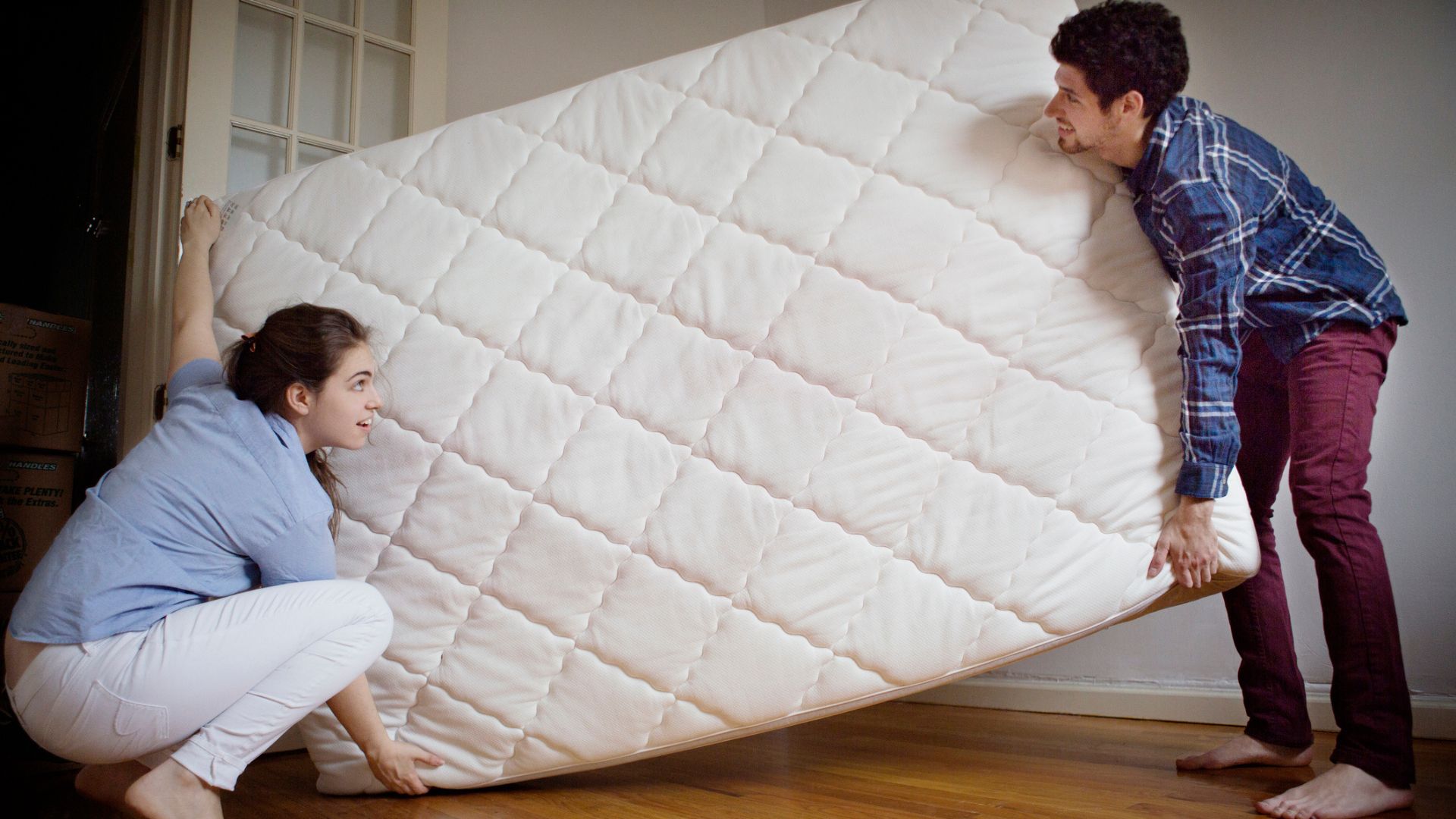
Other ways to extend the life of your mattress
Rotating your mattress is a simple and efficient way to extend the lifespan of your mattress but there are other steps you can take.
Regularly vacuum your mattress
Vacuuming your mattress will remove dust, mites and dead skin, all of which can shorten the lifespan of your mattress if they start to damage the fabrics.
Don’t forget to use the crevice or upholstery attachment to get into the seams and edges where there could be hidden dust. Check out our guide on how to clean your mattress for more tips on dealing with stains and spills.
Always use a mattress protector
Many mattresses come with a sleep trial that requires you to use a mattress protector during that period, in case you end up returning the bed.
But the best mattress protectors are a wise investment for any mattress. They protect from spills and stains along with dust and bugs, helping to keep your mattress in better condition. This will, in turn, help to extend the lifespan of your mattress.
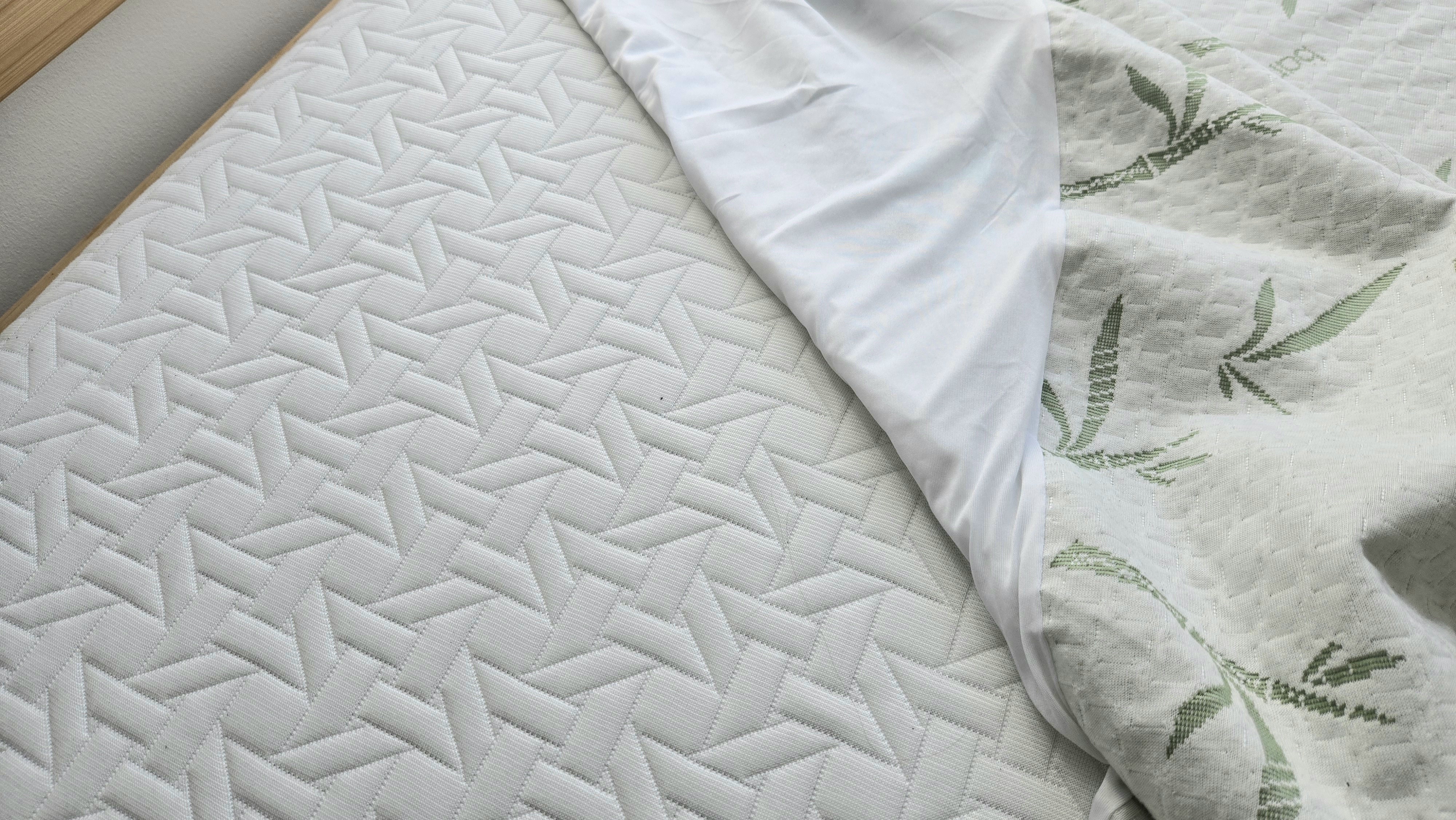
Check your bed frame or base
Over time, your bed base or frame could start to show signs of wear and tear. Frequent use can cause the fixtures and fittings of your bed frame to loosen, which can in turn cause your mattress to sag.
Tightening up your bed frame will help to instantly make your mattress feel firmer, as well as giving you more support.
You should also check regularly for any loose screws or broken slats. Finally, make sure that your bed base is suitable for the mattress you’re sleeping on, as some have specific requirements.
For example, memory foam mattresses shouldn’t rest on slats with wide gaps, as this can cause excess dips and sagging.
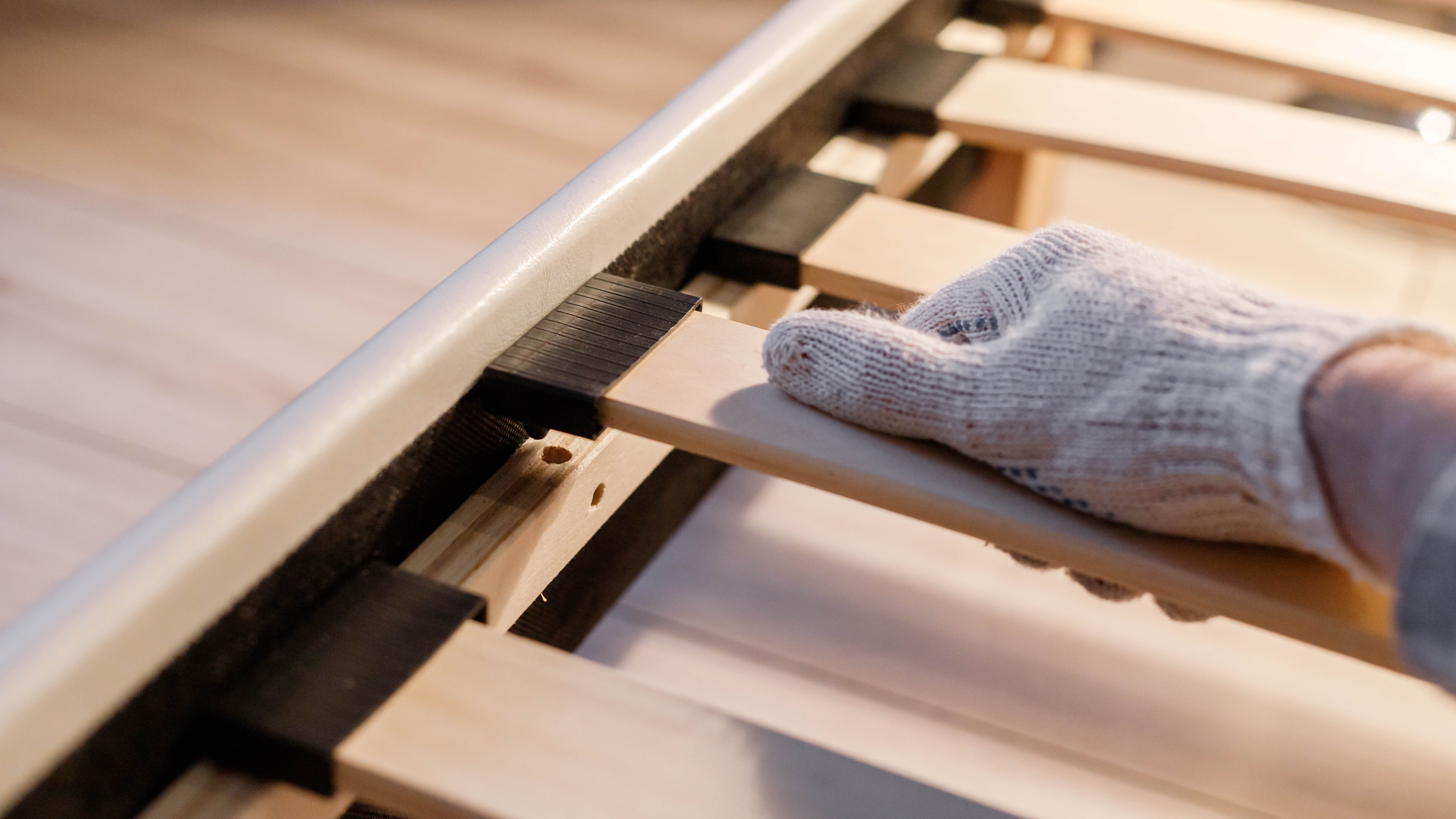
Add a mattress topper
A mattress topper is like a mini mattress – a thick layer of padding made from similar materials to mattresses, such as memory foam, latex, cooling gel, wool, fleece and even hybrid options.
The best mattress toppers will add support and comfort, and some even having cooling properties.
But aside from this, a mattress topper will help lengthen the lifespan of your mattress as initial pressure is applied to it and not the mattress underneath. This will help to reduce areas of wear and tear on the mattress.
Source link











